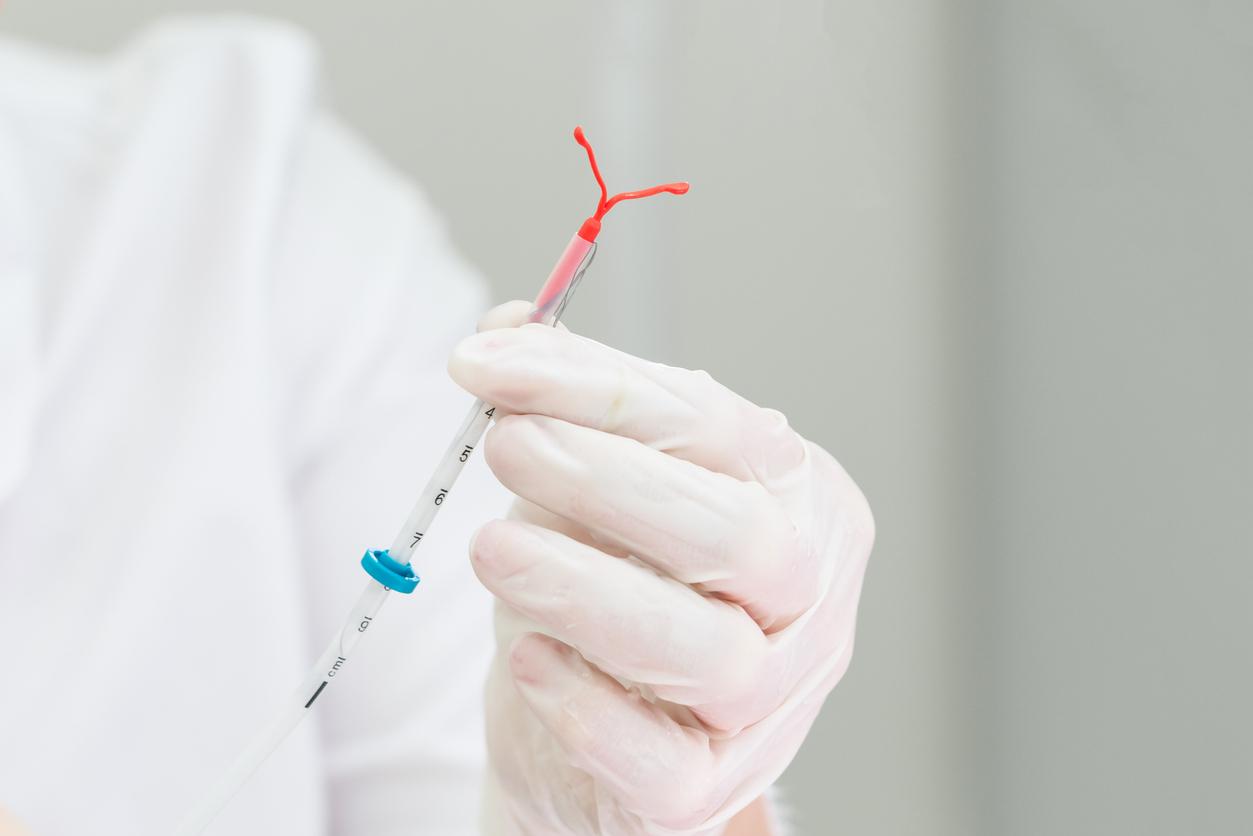The CDC urges practitioners to adequately inform women about the potential discomfort and pain they may experience during and after IUD insertion, as well as the options available to help manage it.

- Due to increased complaints of pain during IUD insertion, the CDC has updated recommendations for managing intrauterine device (IUD) pain.
- They recommend that doctors inform patients about the risks and benefits of this contraception, about the discomfort and pain associated with its installation and to take into account their previous experiences.
- According to them, lidocaine, a local anesthetic, in the form of a spray, cream or anesthetic gel can be used, in addition to lidocaine injections, to reduce pain.
In recent years, many women have complained on social media about the pain that can occur with an IUD. That’s why the Centers for Disease Control and Prevention (CDC) has updated its recommendations for healthcare professionals on how to manage pain related to an intrauterine device (IUD).
IUD: more information for patients and medication to reduce pain
In a press releasepublished on August 8, the American health authorities are calling, as a first step, on doctors to provide more information to patients on the risks and benefits of the IUD as well as on the discomfort and pain associated with the insertion of an intrauterine device. “A person-centered plan for IUD insertion and pain management should be established based on the patient’s preferences.”
“Notable changes include recommendations regarding the provision of medications for the placement of intrauterine devices.” Specifically, the CDC notes that misoprostol, a medication that causes cervical relaxation, is not recommended for routine use in IUD insertion. It may be helpful in some circumstances (for example, in patients who have recently had an insertion failure). However, lidocaine, a local anesthetic, in the form of a spray, cream, or gel, may be used in addition to lidocaine injections to reduce pain for patients.
“Recognize that the experience of pain can be influenced by previous experiences”
Because barriers to IUD use include women’s concerns about anticipated pain during insertion and practitioner concerns about ease of insertion, particularly in nulliparous patients, those who have never had children, health authorities recommend taking past experiences into account. “It is important to recognise that the experience of pain is individual and can be influenced by previous experiences, including trauma and mental health issues, such as depression or anxiety,” can be read in the press release.















